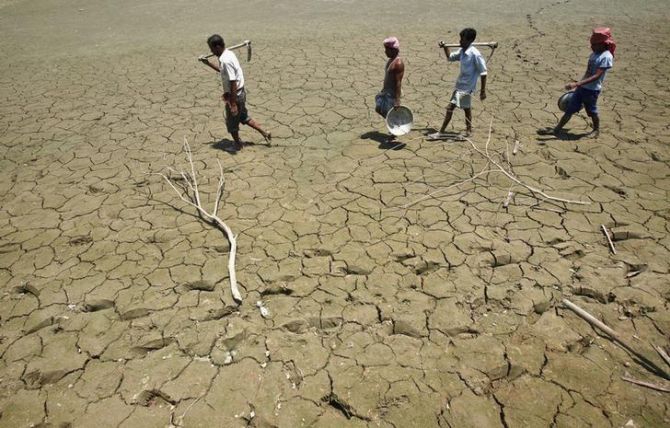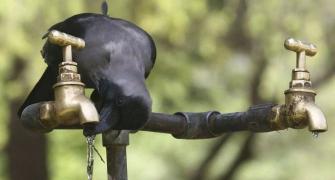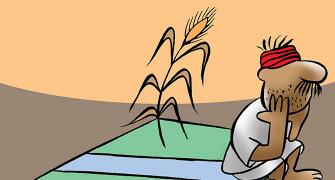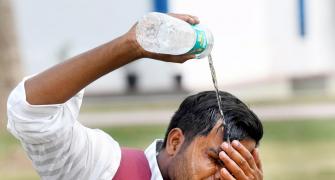Rain deficiency in eastern and western Uttar Pradesh, Bihar, Jharkhand, Gangetic West Bengal, Assam and Meghalaya is 20-46 per cent less than normal as of June 17.

It’s early days, but things aren’t looking good as far as the monsoon is concerned in eastern and north-eastern parts of the country.
Rain deficiency in eastern and western Uttar Pradesh, Bihar, Jharkhand, Gangetic West Bengal, Assam and Meghalaya is 20-46 per cent less than normal as of June 17.
Though the monsoon has revived in some of these regions, particularly western Uttar Pradesh, and there is a possibility of rain next week and in the first week of August, how strong the showers will be and whether they will be good enough to make good the deficit remain big questions.
Also, being a water-sufficient area, the amount of rain in eastern India and the North-East is higher than in other parts, and so is the daily normal. Hence moderate deficiency in rain won’t affect cultivation much, but a shortfall of more than 40 per cent is cause for concern.
Groundwater depletion in these states is also much lower than in northern and central parts of the country, and with the monsoon being good in the hills, most of the rivers are sufficiently fed with water, which might negate the impact of rain shortage.
The Centre recently raised the minimum support prices of major kharif crops, including paddy, which is a major cereal grown in these parts in the kharif season.
However, in the absence of a good procurement mechanism, much of this hike isn’t of big consequence to most farmers of eastern India.
Till July 13, paddy sowing in the country was 10.35 per cent less than the normal area covered and 8.04 per cent less than in the same period last year.
Region-wise, till June 17, monsoon deficiency was as follows: 43 per cent in western UP, around 46 per cent in eastern UP, 44 per cent in Bihar, 40 per cent in Jharkhand, 24 per cent in Gangetic West Bengal, 32 per cent in Assam and Meghalaya, and 32 per cent in Arunachal Pradesh.
The monsoon lasts from June to September and the peak rainy months are July and August.
“There is no big rainfall activity over eastern India for the remaining days of July, though there would be weather systems developing in the Bay of Bengal next week, but they won’t cause a significant amount of rainfall in east Indian states of Bihar, Jharkhand, Gangetic West Bengal, Assam and eastern UP,” Mahesh Palawat, chief meteorologist at private weather forecasting agency Skymet, said.
He said till the first week of August, no major weather system would develop in the area.
According to reports, the Bihar government held a high-level meeting with senior officials this week to review preparedness in the event of drought.
“We can’t comment whether there will be drought in eastern Indian states, but as of now the monsoon is deficient in eastern and North-East India,” said D S Pai, director of Long-Range Forecast in the India Meteorological Department.
He said the reason why it would be difficult to pronounce drought or drought-like conditions in eastern India is that rivers of the region had received an adequate amount of water.
Cumulatively, though the southwest monsoon deficiency has narrowed from more than 12 per cent some weeks ago to 2 per cent, that’s mainly owing to good showers in central and north India.
Photograph: Jayanta Dey/Reuters










